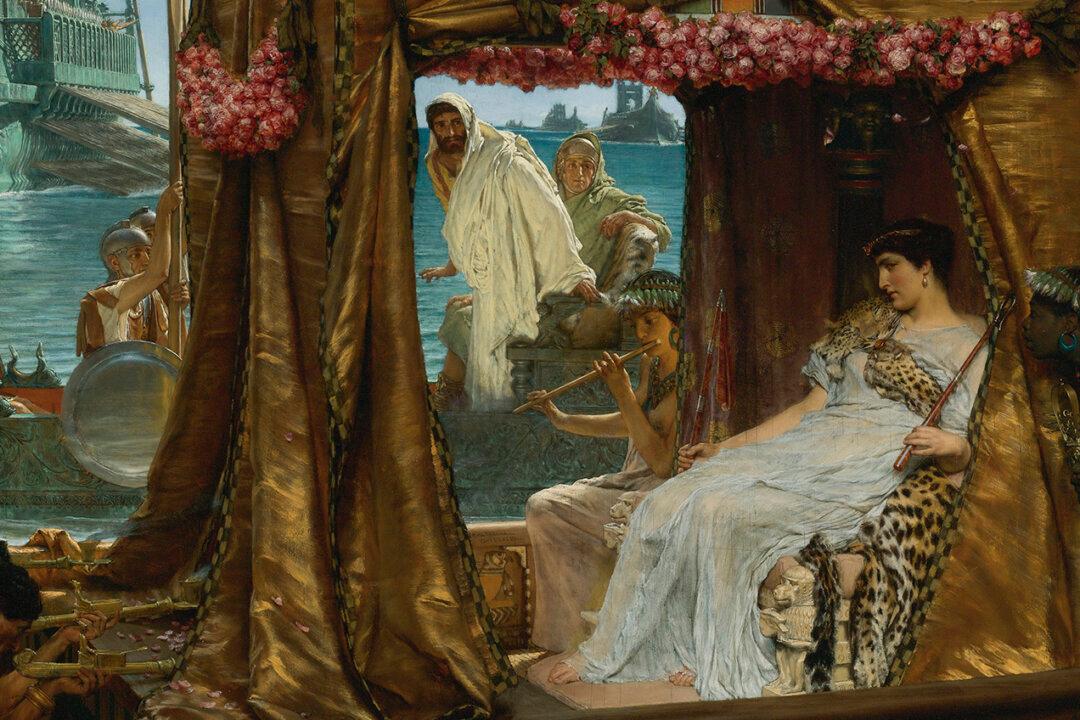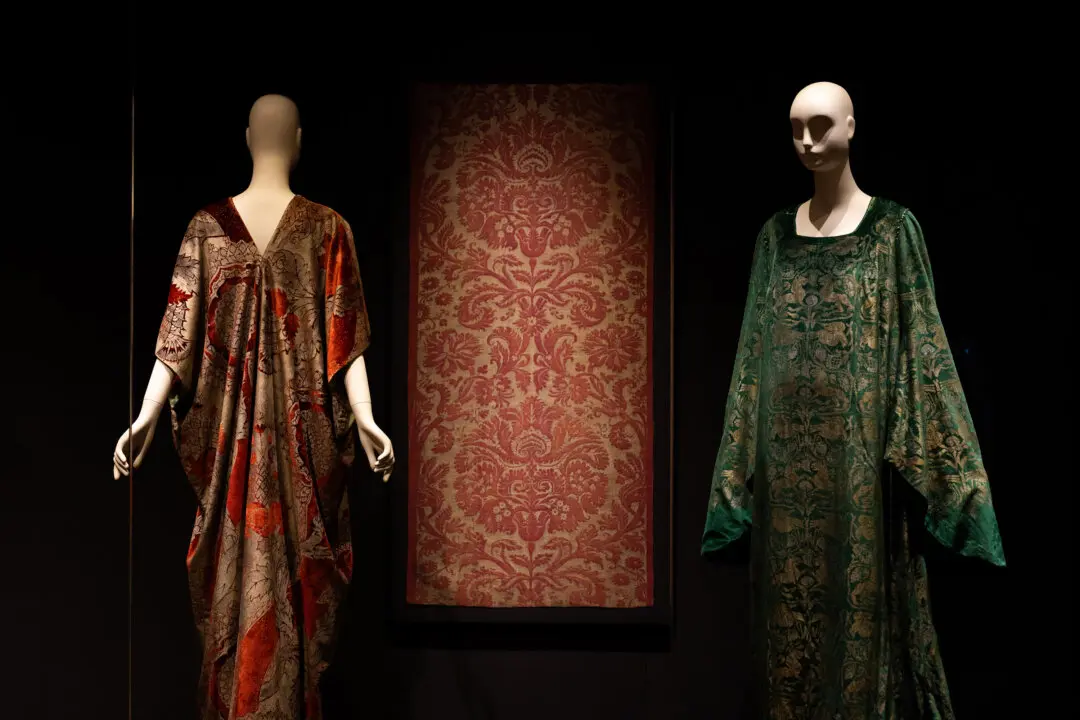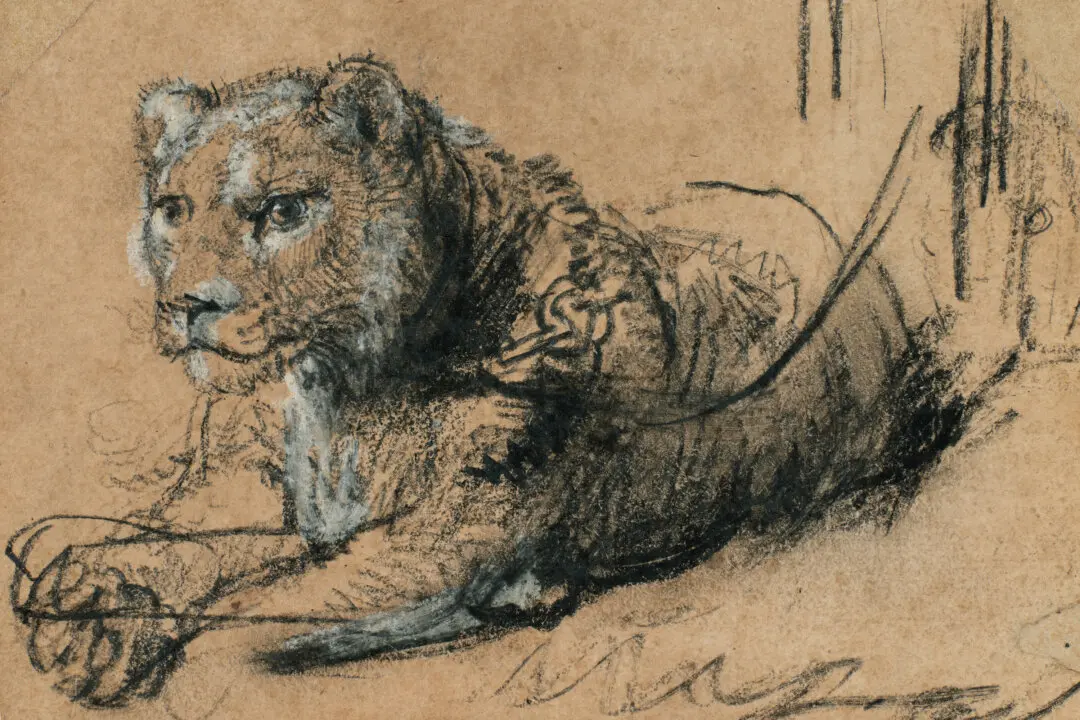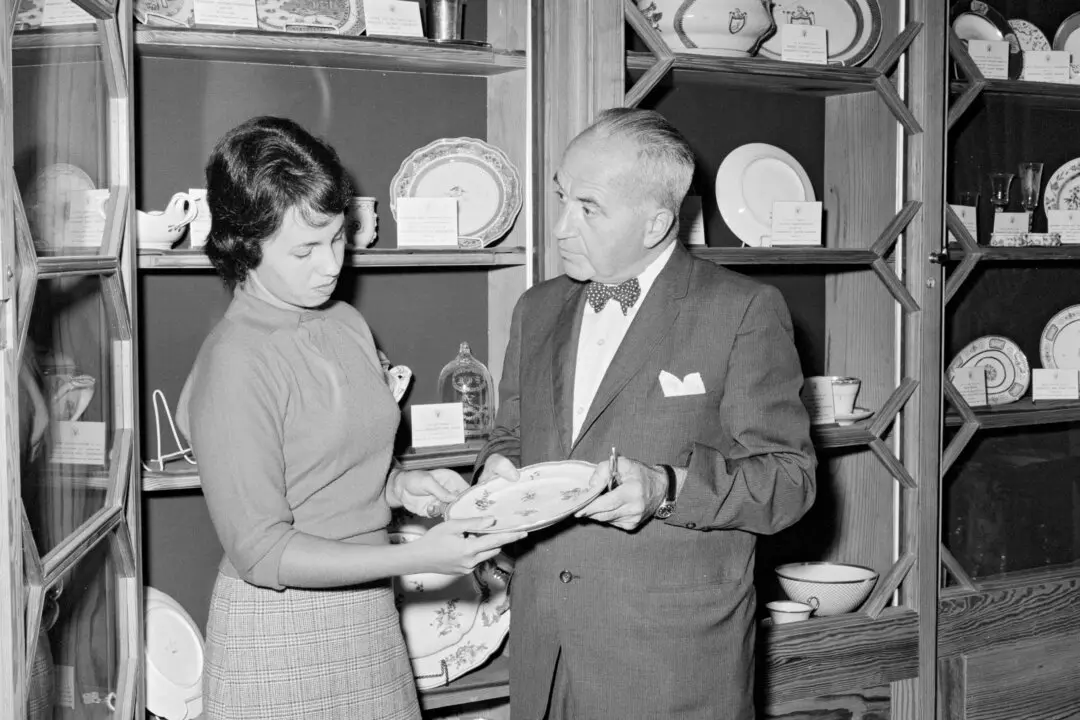A famous line of the English playwright and poet William Shakespeare is “All the world’s a stage.” Fine artists throughout the centuries have used The Bard of Avon’s words as inspiration to visually stage his scenes through their own mediums.
Author and journalist Andrew Dickson writes, “One of the best things about Shakespeare’s plays is that no one can tell you what they should look like. The scripts are famously short on stage directions and scene-setting; there are barely any specifications for costume or appearance.” Painters have used this to their advantage, creating magnificent and complex works that charismatically bring Shakespeare’s plays to life, while still reflecting their own unique voice and style.





